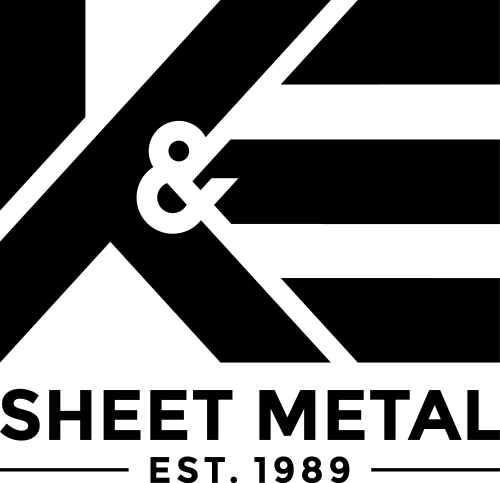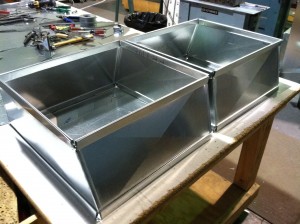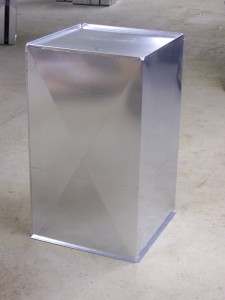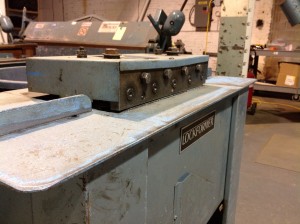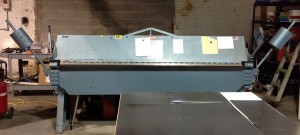K & E Sheet Metal has been fabricating custom ductwork in Glens Falls NY for over 20 years and we are doing our best to grow the business into the future, providing even better service to new and existing customers. We are a father and son business focusing on residential HVAC sheet metal fabrication along with residential heating and air conditioning installations. Our goal has and will forever be providing customers with quality, affordable duct fabrication and installation service. Helping home owners who need custom sheet metal fabrication with the products that will help them finish their ductwork installation properly. No job is too small for our shop when it comes to providing quality custom ductwork fittings for each and every one of our customers. We fabricate everything from standard custom ductwork to the smallest of sheet metal boxes or flat sheet metal for the everyday walk-in customer.
Because we have been fabricating custom ductwork in Glens Falls NY for so many years we have built a nice following of happy customers and relationships with area vendors. Our business was built on word of mouth advertising and customer recommendations are the catalyst to gaining an evolving local customer base. Our product speaks for itself locally and we work hard daily to continue the service that has kept the company alive over the last 20 years.
If you are looking for custom ductwork fittings or custom ductwork in Glens Falls NY, we are the place to call. We work with our customers to make sure they get the duct needed to finish the job properly.
Replacing your old furnace?
Are you replacing an old broken down furnace and need some custom transitions to fit the new furnace unit to the old duct? We can work with you to provide the custom transition needed to finish the job right, going over measurements and drawings or coming out to take measurements ourselves.
Need a custom supply air plenum or return air plenum?
These are our specialty and can fabricate your new supply air plenum in less than 24 hours from the time you place your order. Return air plenums take a bit longer but we will do our best to finish your order as soon as possible for an affordable price, helping you get the job done right.
Not sure what custom ductwork you need?
Do you live in and need custom ductwork in Glens Falls NY and your not sure what you need? Shoot us an email or give a call to see if we can help with your custom ductwork fabrication needs.
